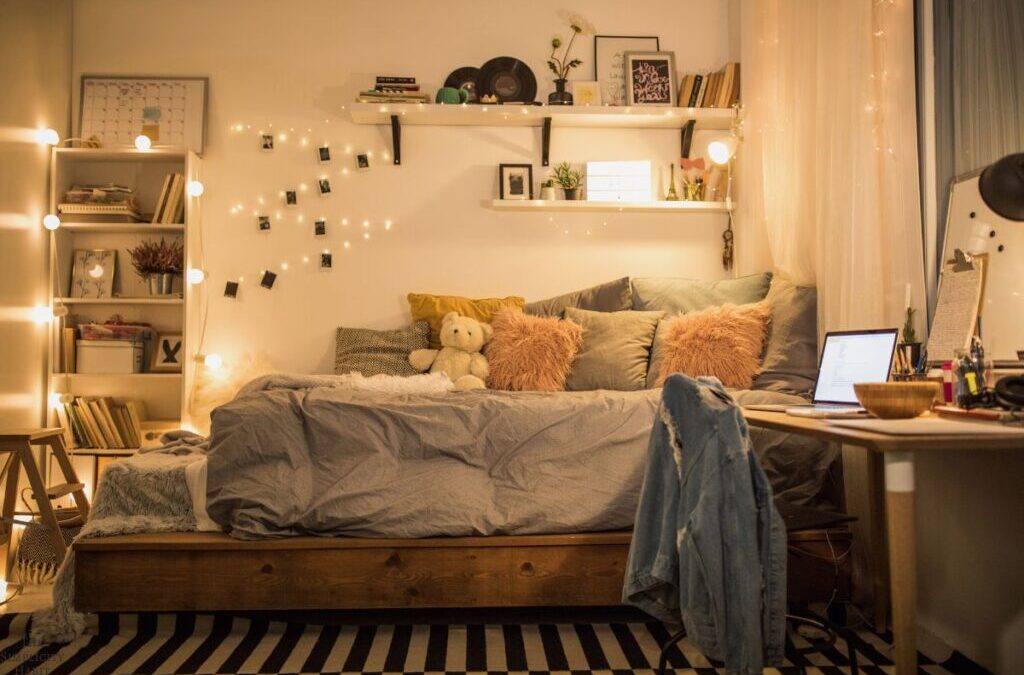Inside: Learn easy ways to teach your kids organizational skills they can use throughout their lives.
A guest post from Cora Gold
Raising kids comes with a never-ending stream of socks on the floor, backpacks in odd places, and a seemingly magical ability to misplace shoes five minutes before you need to leave. Sound familiar?
If you’ve ever felt like you’re constantly picking up after your kids or repeating the same requests to “please put that away,” you’re not alone.
The good news? Organization can be taught—and better yet, it can become a natural part of your family’s everyday rhythm.
Teaching organizational skills doesn’t have to be complicated or overwhelming. In fact, the simpler the approach, the more likely it is to stick.
When we model good habits and give our kids tools they can actually use, we help them build confidence, independence, and a calmer environment for everyone at home.
In this post, we’ll walk through 14 easy and practical ways to teach your kids organizational skills. Whether your child is in preschool or navigating the teen years, these tips are designed to grow with them and your family’s lifestyle.
Let’s dive into some doable strategies that will help your kids—and your home—feel a little more peaceful and a lot more organized.
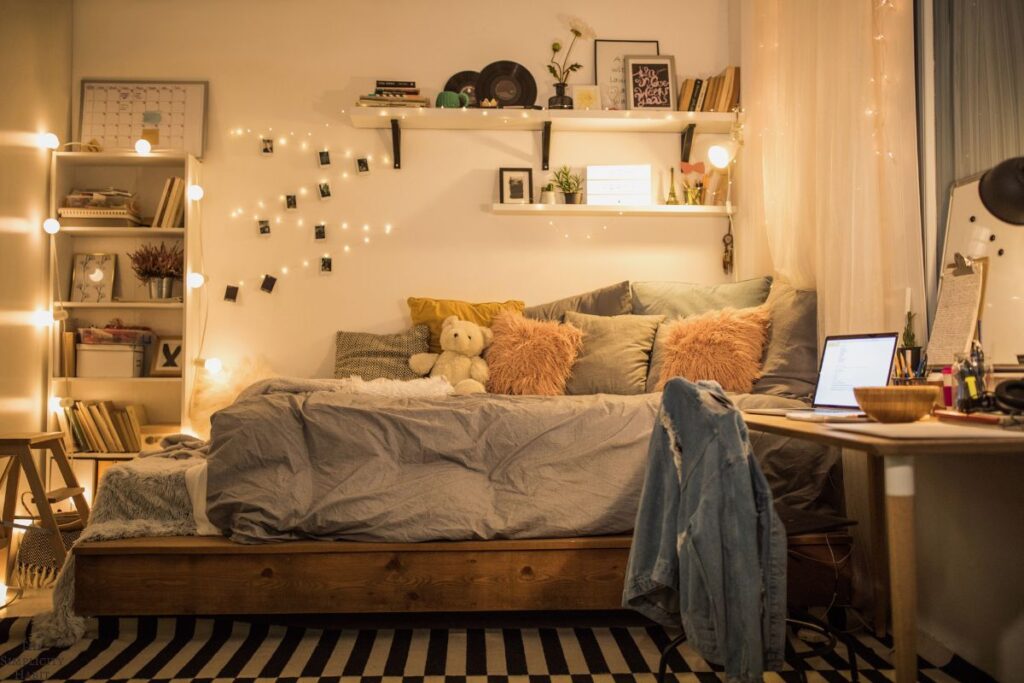
14 Easy Ways to Teach Your Kids Organization Skills
Consider these ways to teach your kids organizational skills that stick. Organization is a life skill that will benefit your kids in a variety of ways throughout their lives.
1. Starting With Small Routines
Kids thrive on consistency, and so does their ability to stay organized.
When you create small, repeatable daily routines, such as packing a backpack the night before school or setting out clothes for the next day, you’re building a base that makes chaos feel optional.
2. Making Everything Accessible
It may be difficult for your child to reach the coat hook or open the toy bin if they can’t reach it. Prioritize furniture and storage that match your kid’s height and strength, so putting things away becomes second nature instead of a struggle.
The carefully arranged setting is known as the Montessori classroom. Every item has its designated spot and purpose in this thoughtfully crafted learning space.
Everything is made to be open and reachable, the furniture is lightweight and child-sized, and learning materials are perfectly suited for little hands.
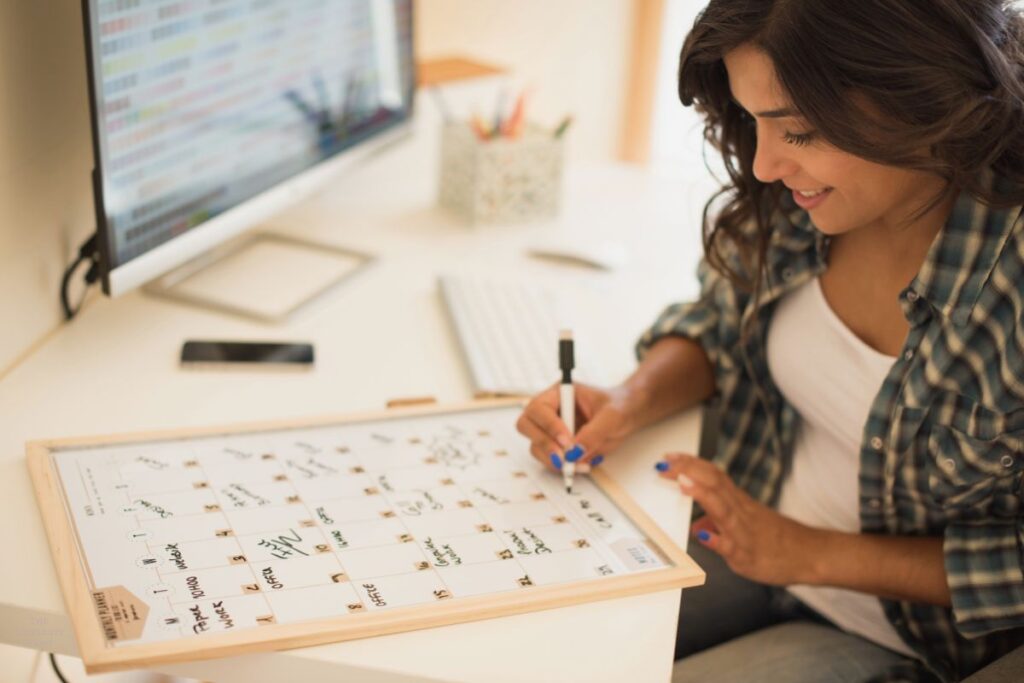
3. Teaching Time-Blocking Early
Time is an abstract concept for kids, but blocks aren’t. Breaking the day into clear sections — morning routine, school, playtime, cleaning, bedtime — helps kids see that everything has a place in space and time.
This reduces the feeling of being overwhelmed and teaches prioritization in a way that is accessible and easy to understand.
4. Using Labels and Checklists
Using labels makes it easier for kids to understand what goes where. This taps into spatial memory and helps bridge the gap between intention and action.
You can even create a fun weekend project by creating labels together, giving them ownership over their space.
Kids can hone their time management and organizational skills by developing and utilizing their own checklists. This supports their personal development but also fosters academic growth.
The more students learn to organize their project processes and personal workspace, the better they can enhance their focus, complete projects, and set themselves up for success after graduation.
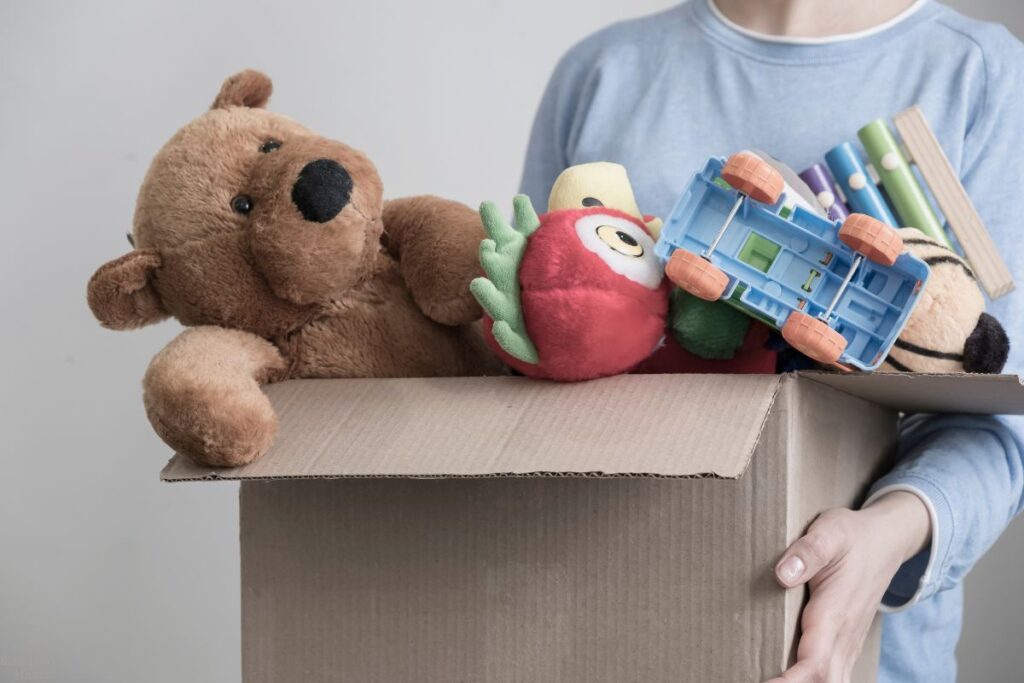
5. Making Decluttering a Game
Minimalism is about focus, and you can teach that value by turning decluttering into an enjoyable experience. It can feel like a game — setting a timer, playing music and challenging your kids to beat the clock or count how many toys they can donate.
When you make decluttering fun, it becomes part of their rhythm rather than a punishment.
6. Letting Them Personalize Their Space
Organization sticks better when kids feel in control, and it helps you, too. You can let them choose how their books are arranged, where their art supplies live, or what container holds their socks.
This boosts their sense of responsibility but also encourages creativity within limits.
One of the best ways to keep a room space minimal and clean is by using boxes and storage containers. You can even use colored ones and propose that your kid organize them in a rainbow order.

7. Modeling What You Want to See
It’s unrealistic to think a five-year-old will fold clothes when yours are still piled in the laundry basket. From the beginning of their lives, your kids imitate what you do more than what you say.
For example, you can have a command center that includes a family calendar to remind everyone of important dates.
You can apply this with tools designed with kids in mind, such as magnetic calendars or creative, colorful planners, to turn tasks into tangible achievements.
8. Reinforcing Effort, Rather Than Perfection
It may be difficult for your kids to fold towels like Marie Kondo — and that’s okay. Focus on consistency over aesthetics and praise them for remembering to tidy up, even if it’s not flawless.
Celebrating effort builds confidence and motivates them to try again tomorrow instead of giving up. This helps them associate success with trying rather than innate talent.

9. Building in White Space
Just like minimalist interiors thrive on empty surfaces, organized routines need breathing room. Avoid overloading your child’s day with constant tasks or transitions.
Simplifying your child’s life can help them to feel happier and more relaxed.
Downtime between activities helps their brains reset, which makes it easier to stay focused and remember what comes next.
10. Using Storytelling to Build Habits
Kids connect to stories more than rules. Instead of telling your kid to clean their room, tell a story about a superhero who always knows where their gadgets are because they stay organized.
You might want to invent a bedtime fairy who checks if the toys are tucked in. Storytelling makes habits feel magical instead of mandatory.

11. Creating a Reset Ritual
Every family needs a reset button. Choose a consistent time — like Sunday afternoons or after dinner — and use it to clean, re-label, or check in.
A weekly reset keeps things from spiraling and helps your child understand that organization isn’t a one-time event but an ongoing process.
12. Limiting Stuff to Reduce Stress
The more your child owns, the harder it is to stay organized. If you want the habit to stick, simplify their environment.
Fewer toys mean fewer decisions, which means more peace for everyone.
Reducing clutter leads to less time spent on cleaning and organizing for family and friends, freeing up more hours in the day.
Embracing a minimalist lifestyle helps us focus on what truly matters, ultimately shaping our lives.
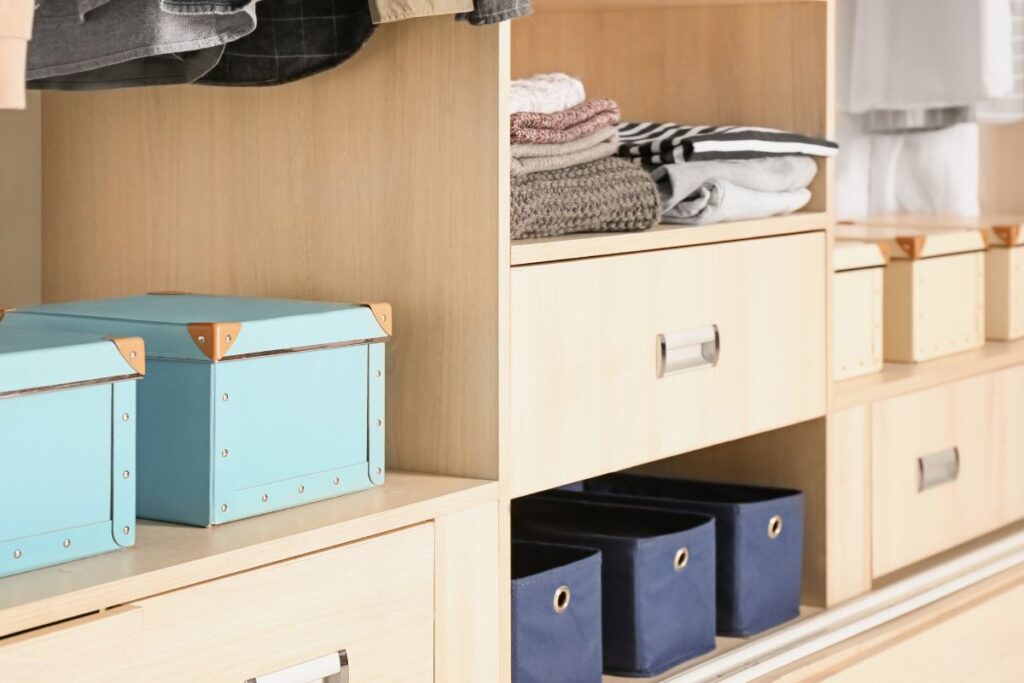
13. Keeping Systems Flexible
Your child will grow, and so will their needs. A storage solution that worked last year might be a bottleneck now. Review your systems regularly and involve your kids in upgrading them.
Embracing flexibility shows that organization is not a fixed concept — rather, it should adjust to facilitate your lifestyle instead of dictating it.
14. Tying Organization to Their Goals
Kids don’t care as much about tidying their bedroom, but they do care about having time for their favorite activities.
Help them understand that being organized can lead to completing homework more quickly, locating toys more easily, or gaining extra screen time.
When they see the direct and personal advantages, their motivation will grow from within.

Keeping the Conversation Going
Good habits evolve as kids grow. What worked in preschool might not work in middle school, so stay curious and open. Ask what’s working and what feels hard.
Collaboration keeps the process supportive, and it helps you build a shared system that fits both of your lives.

How do you teach your kids organizational skills? Share your experience in the comments section below.
Sign up on the form below to get weekly decluttering tips and inspiration sent straight to your inbox. You’ll also get the free 5 Areas to Declutter in 10 Minutes Checklist to help you get started decluttering today.

